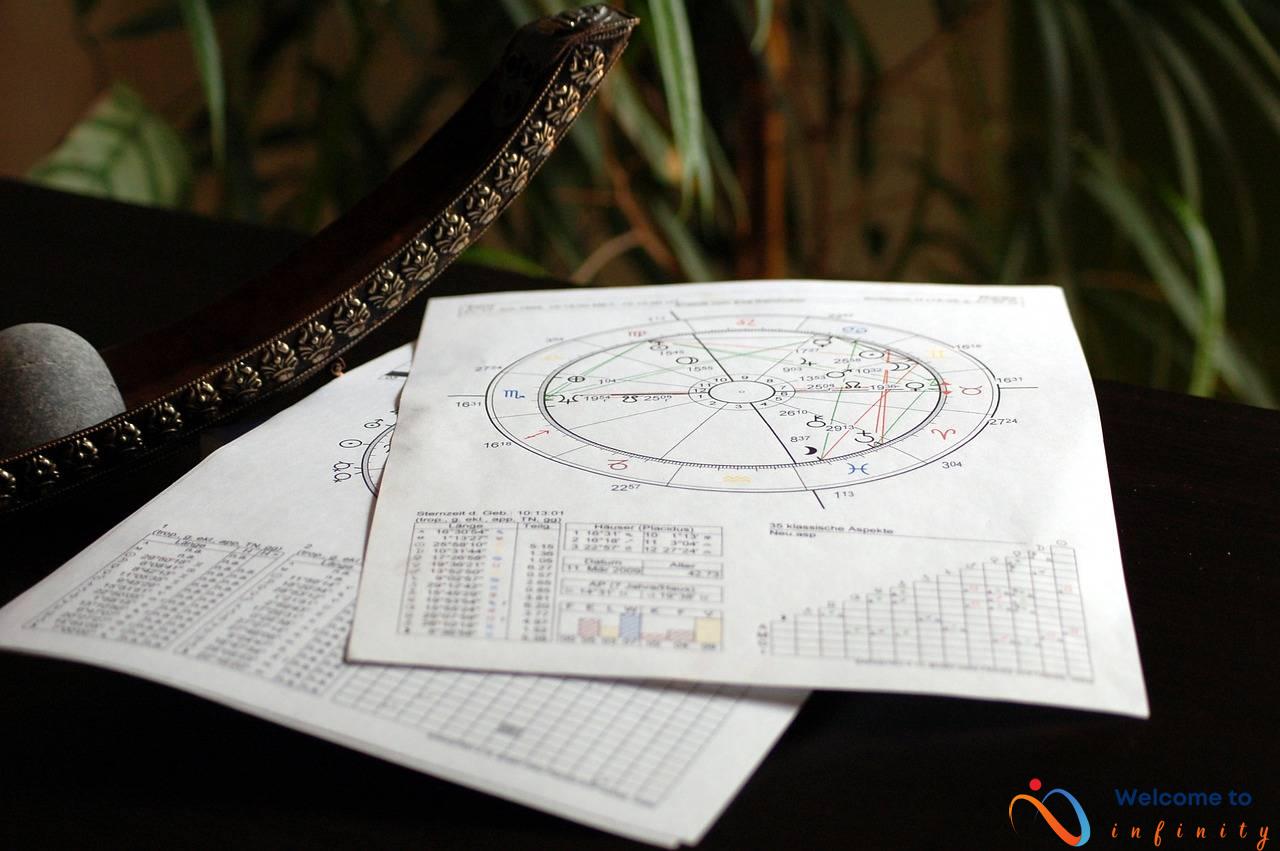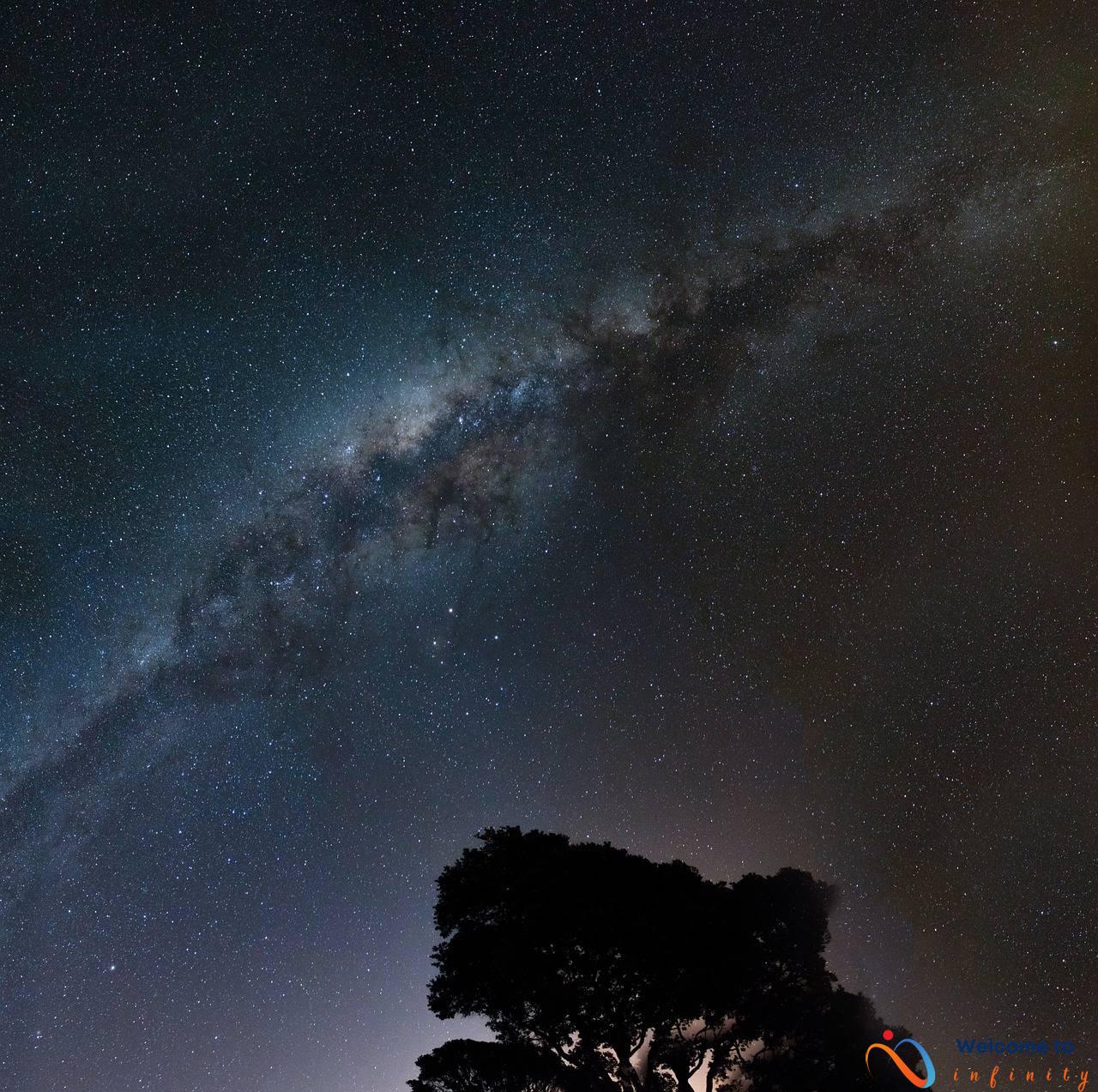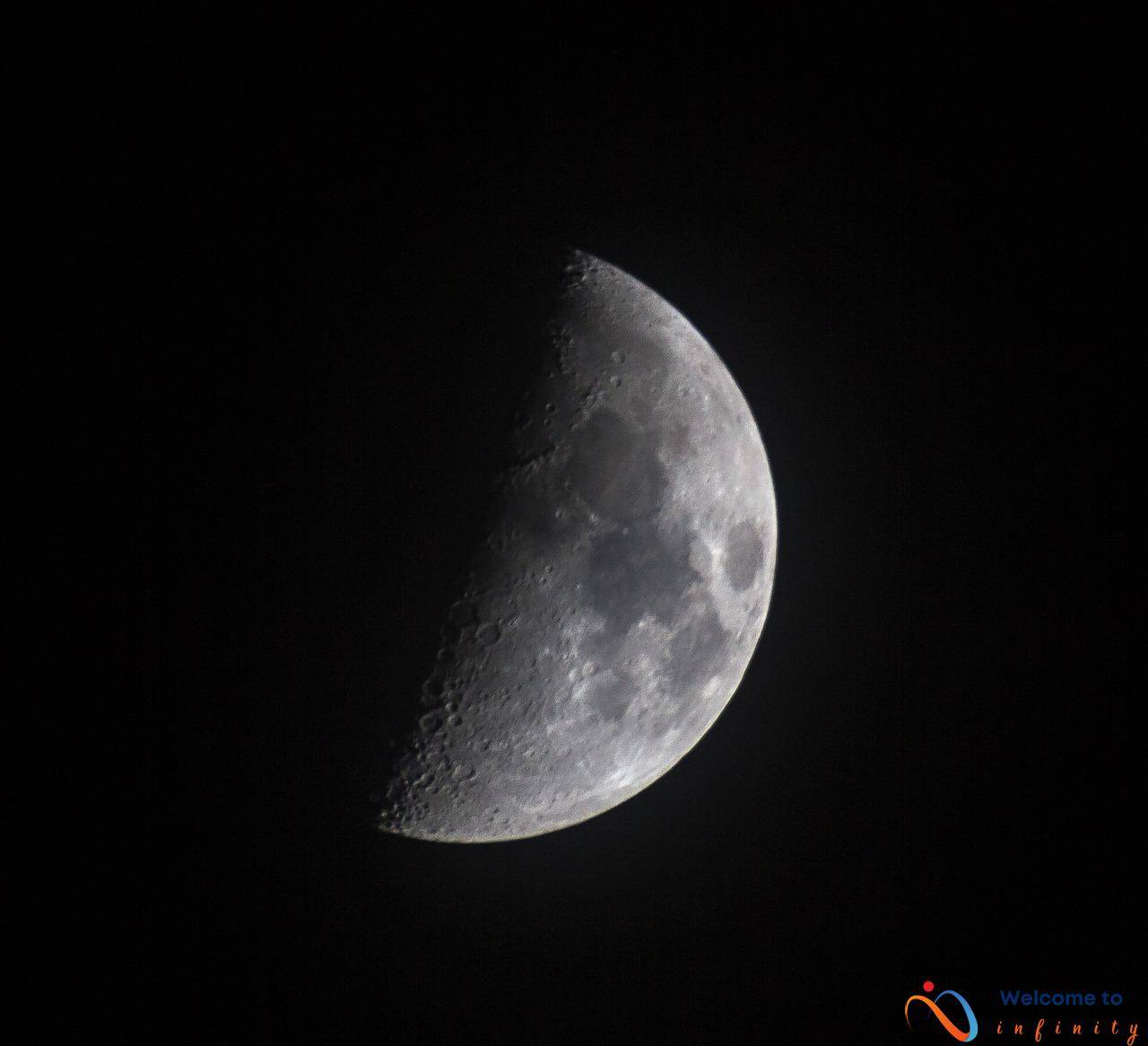Jupiter, the fifth planet from the sun, is nothing short of amazing. As the largest planet in our solar system, Jupiter exerts a great influence on the rest of the planets and even beyond. Its colossal size, composition, and gravitational pull make it stand out among the other planets in the system.
With its mass being 318 times that of Earth, Jupiter is truly a giant. Moreover, it is mostly composed of gas, making it unlike any other planet in our solar system. Its atmosphere is made up mostly of hydrogen and helium, while its core is likely made up of rock, metal, and other heavy elements. Its composition is unique, which makes Jupiter truly stand out from its counterparts.
Jupiter's massive size means it has a powerful gravitational pull, shaping the solar system by influencing the orbits of nearby planets and asteroids. This makes it an essential factor in the formation of the solar system, including Earth. Jupiter's impact on our planet is significant. Its gravitational pull helps keep asteroids and other debris away from Earth, making it a superhero of sorts.
But that's not all. Jupiter has dozens of moons, including the four large ones called the Galilean Moons. Io, the closest to Jupiter, exhibits volcanic activity that creates some of the most dramatic and beautiful images in the solar system. Europa, another of Jupiter's moons, is believed to possibly have an ocean hidden beneath its icy surface, making it a target for NASA's future missions.
In conclusion, Jupiter is indeed the superhero of our solar system. Its massive size, unique composition, and strong gravitational force make it an exciting planet to study. It plays a crucial role in the formation of the solar system, its impact on Earth, and its environment, making Jupiter an essential object to have around.
Jupiter's size and composition
Out of all the planets in our solar system, Jupiter is undoubtedly the largest. In fact, its size alone is larger than all the other planets in the solar system combined! With a mass of 318 times that of Earth, Jupiter is colossal, and its sheer size makes it unlike any other planet in the system.
Jupiter is mostly composed of gas, predominantly hydrogen and helium, which makes it a gas giant. Because of this composition, it does not have a well-defined surface like Earth or Mars. Instead, its gases get denser as you go further towards its core, which is under such immense pressure that the hydrogen gas gets forced into a liquid state. Below the liquid hydrogen is an ocean of metallic hydrogen, which is under such immense pressure and heat that it conducts electricity and creates one of the most powerful magnetic fields in the solar system.
Additionally, Jupiter's composition means that it has a relatively low density, which explains why it has a lower surface gravity than Earth. It would be impossible for a human to stand on Jupiter because their body weight would be many times greater than on Earth.
Jupiter's gravitational pull
Jupiter's massive size makes it the most gravitationally influential planet in our solar system. Its powerful gravitational pull has a significant impact on the celestial objects nearby, including nearby planets and asteroids. Jupiter's gravitational force is so strong that it has even shifted the paths of some asteroids, sending them either hurtling towards the sun or out of the solar system entirely.
In addition, Jupiter's gravitational pull has had a profound impact on the formation of the solar system itself. Scientists believe that Jupiter played a key role in preventing many of the gas and dust particles that formed after the sun's creation from coalescing into new planets. This means that Jupiter's gravity effectively shaped our solar system and allowed Earth to form in its current position, where it is shielded from most harmful asteroids and comets that could potentially wreak havoc on the planet.
Thanks to its gravitational pull, Jupiter has also become a sort of celestial protector for the rest of the solar system. Its immense gravity can deflect incoming asteroids and other objects that might otherwise collide with Earth or other planets, potentially causing catastrophic damage. As a result, Jupiter's massive size and gravitational influence have played an essential role in shaping our solar system and keeping it safe for billions of years.
Jupiter's moons
the Galilean Moons. These four moons, named after their discoverer Galileo Galilei, are Io, Europa, Ganymede, and Callisto. Io is the closest to Jupiter and its intense gravitational pull causes constant volcanic activity, making it one of the most geologically active objects in the solar system. Europa, on the other hand, is believed to have an ocean beneath its icy surface that could potentially harbor life. Ganymede, the largest moon in the solar system, is the only moon known to have its own magnetic field, while Callisto is the most heavily cratered object in the solar system. In addition to these four large moons, Jupiter has many smaller moons, some of which were only discovered in recent years. These moons provide insight into the formation of the solar system and offer potential targets for future exploration missions.
Galilean Moons
Jupiter's powerful gravitational pull has resulted in dozens of moons orbiting around it, with four being particularly interesting and large. These are the Galilean Moons, discovered by the astronomer Galileo Galilei in 1610.
The largest of the Galilean Moons is Ganymede, which is also the largest moon in the solar system. It has a diameter of 5,268 km, larger than the planet Mercury. It is a fascinating object to study, with its icy surface and possible subsurface ocean.
The second-largest of the four is Callisto, with a diameter of 4,821 km. It is one of the most heavily cratered objects in the solar system, making it an excellent target for scientists studying planetary geology.
The third-largest moon is Io, with a diameter of 3,643 km. Io is a volcanic wonderland, with more than 400 active volcanoes, making it one of the most geologically active objects in the solar system. Its surface is constantly changing due to these volcanic activities.
Finally, there is Europa, with a diameter of 3,121 km. This moon has been of great interest to scientists due to the possibility that it may have an ocean of liquid water beneath its icy surface. There is the potential for microbial life in this ocean, which could be a game-changer in our search for extraterrestrial life.
The Galilean Moons provide scientists with a unique opportunity to study the formation and evolution of moons in the solar system, and their existence is one of the many reasons why Jupiter is considered the superhero of our solar system.
that are some of the most fascinating objects in the solar system.
Jupiter's gravitational pull not only affects other objects in space but also gives it dozens of moons, making it a mini solar system in itself. Out of all the moons, the four largest ones known as Galilean Moons, which were discovered by Galileo Galilei in 1610, are some of the most fascinating objects in the solar system.
- Io: Jupiter's moon Io is the closest to the planet and is constantly being pulled in different directions. This tidal heating creates intense volcanic activity, making Io the most geologically active object in the solar system. The resulting images of this activity are breathtaking, with some eruptions reaching up to 190 miles above the surface.
- Europa: Another of Jupiter's moons, Europa, is believed to have an ocean hidden beneath its icy surface, which has piqued the interest of scientists as a potential source of extraterrestrial life. Future missions, like Europa Clipper, aim to study the moon in detail to answer this question.
- Ganymede: Ganymede is the largest moon in the solar system and is larger than the planet Mercury. The Galileo spacecraft discovered that Ganymede has its magnetic field and a thin atmosphere. It also has a surface that is full of craters, mountains, and valleys.
- Callisto: Callisto is the second-largest moon of Jupiter, and it has the most craters of any object in the solar system. It is also the most heavily cratered object in the solar system. Scientists believe Callisto may have a subsurface ocean, and future missions intend to study it for this purpose.
Jupiter's moons are intriguing and continue to capture the attention of scientists and space enthusiasts alike, with new discoveries being made every year through missions like Juno and Europa Clipper. Exploring these moons further could lead to groundbreaking discoveries about the solar system and even the possibility of extraterrestrial life.
Io
Jupiter's moon Io is truly a wonder of the solar system. Being the closest to Jupiter, its surface is constantly being pulled in different directions by the planet's immense gravity, causing volcanic activity that creates some of the most stunning and dramatic images in space. The heat from the volcanic activity keeps the moon's surface in a constant state of change. The lava flows across the moon's surface, creating bright orange and yellow hues that are visible even from telescopes here on Earth.
The eruptions on Io have been known to shoot material up to 300 kilometers above the moon's surface, and its volcanoes are also considered the most powerful in the solar system. The most massive volcanic eruption ever recorded occurred on Io in 1979, where a lava fountain was observed to reach a height of 300 kilometers.
Io's surface is covered in a range of unique features, including mountains, valleys, and impact craters. The moon is also surrounded by a thin atmosphere, mostly composed of sulfur dioxide and traces of other gases. Its unique composition and volcanic activity make Io a fascinating object to study, and numerous missions have been sent to the moon, including Voyager, Galileo, and New Horizons, to understand more about this enigmatic moon and the impact Jupiter has on its surface.
Europa
Europa, the sixth-closest moons of Jupiter, has been the subject of fascination for scientists and space enthusiasts for years. This icy moon is believed to have a subsurface ocean, which is twice as large as the Earth's oceans, and it has made it the focus of many scientific missions. The surface of the moon is covered in a thick layer of ice, but researchers hypothesize that the liquid ocean beneath it could harbor life. The Europa Clipper mission, which was scheduled to launch in 2024, is a NASA mission specifically designed to study Europa and its potential for hosting extraterrestrial life.
The Jovian moon has a diameter of around 1,900 miles and is slightly smaller than Earth's moon. Its surface is covered in a unique type of ice that scientists believe could be a mixture of frozen water and other compounds such as ammonia. This ice layer is constantly shifting and changing, meaning that the surface of Europa is always evolving.
One of the most striking features of Europa is its geological activity, which is driven by tidal forces caused by the gravitational pull of Jupiter. The moon is constantly being stretched and compressed, resulting in a process known as tidal flexing. This flexing creates enough heat to melt the ice, which then leads to volcanic eruptions that spew water and other material from below the surface.
Europa's potential for harboring life has made it a prime target for future space exploration missions. Scientists believe that the subsurface ocean could contain the right conditions for life to exist, such as heat, liquid water, and organic compounds. The Europa Clipper mission will take detailed measurements of the moon's surface and subsurface, searching for signs of life and studying the geology and composition of the icy world.
Jupiter's magnetic field
Jupiter is not only the largest planet in the solar system but is also unique in many ways. One of its most impressive features is the powerful magnetic field that it possesses. This magnetic field is 20,000 times stronger than Earth's and generates a large radiation belt that extends throughout the solar system. While the magnetic field may not be visible to the naked eye, its effects are felt in many ways.
The radiation belt created by Jupiter's magnetic field can be dangerous for both humans and spacecraft. The energetic particles in the radiation belt can damage satellites and other spacecraft, disrupting electronic equipment, and even causing complete failures. The human body can also be affected by radiation exposure, with the potential for long-term health effects such as cancer.
In addition to its impact on space exploration, Jupiter's magnetic field plays a significant role in shaping the solar system. It helps to deflect some of the dangerous space debris that might otherwise collide with Earth and other planets. This has likely played a role in the formation and evolution of the solar system, determining which planets can harbor life and which cannot.
Jupiter's magnetic field is truly fascinating, and scientists have been studying it up close for many years. The Galileo spacecraft mission provided us with invaluable information about the magnetic field and radiation belts, while numerous other missions and studies continue to provide new insights into this important feature of our solar system.
Jupiter's impact on the solar system
Jupiter's colossal size and powerful gravitational pull have a significant impact on the rest of the solar system. Its gravity is so strong that it helps to keep asteroids and other debris away from Earth, acting as a shield that protects our planet from potentially catastrophic impacts. Without Jupiter's massive gravitational field, Earth would be bombarded by meteorites and other space debris, making it much more difficult for life to thrive on our planet.
Jupiter's influence extends beyond just protecting Earth. Its gravity has also played a critical role in the formation of our planet and the rest of the solar system. Many scientists believe that Jupiter's gravity helped to shape the early solar system by stirring up debris and causing it to clump together to form planets like Earth. Jupiter may have even prevented the formation of a Mars-sized planet, which would have had a significant impact on the rest of the solar system.
Jupiter's presence in the solar system has also had a significant impact on our understanding of the universe. Its moons, particularly the four large Galilean moons, have been the subject of extensive study by scientists and have provided us with valuable insights into the formation and evolution of the solar system. Jupiter's exploration has also helped pave the way for further exploration of the outer solar system, and even beyond.
In conclusion, while Jupiter may seem far away and insignificant, its impact on the rest of the solar system is significant. From protecting Earth from catastrophic impacts to playing a critical role in the formation of the solar system, Jupiter truly is a superhero of the solar system.
Jupiter's exploration
Jupiter has been a target of exploration for scientists and researchers for decades, with numerous spacecraft missions providing us with a wealth of information and stunning images of this fascinating planet. These missions have included Voyager 1 and 2, Galileo, Cassini, and most recently, Juno.
One of the most significant missions was the Galileo spacecraft, which orbited Jupiter and its moons from 1995 to 2003. The spacecraft discovered new information about Jupiter's atmosphere, its vast array of moons, and even found evidence of water beneath the icy surface of Europa.
The most recent mission, NASA's Juno spacecraft, arrived at Jupiter in 2016 and is still providing us with new insights into this giant planet. Juno has been measuring the planet's magnetic and gravitational fields, taking high-resolution images of the planet's atmosphere, and studying its auroras.
Through these missions, scientists have learned a great deal about Jupiter and its moons, including their composition, atmosphere, and magnetic fields. They have discovered that Jupiter's atmosphere is filled with swirling clouds of gas and storms, including the famous Great Red Spot, which is a massive storm larger than the size of Earth.
The exploration of Jupiter has also given us a better understanding of our solar system's formation and evolution. By studying Jupiter, scientists have been able to learn more about how our planet and the rest of the solar system formed more than 4 billion years ago. Jupiter's gravity played a crucial role in shaping the early solar system, even diverting many asteroids and comets that would have collided with the terrestrial planets.
Overall, the exploration of Jupiter has provided us with a better understanding of our solar system's history and has inspired us to learn more about the universe beyond our planet.










